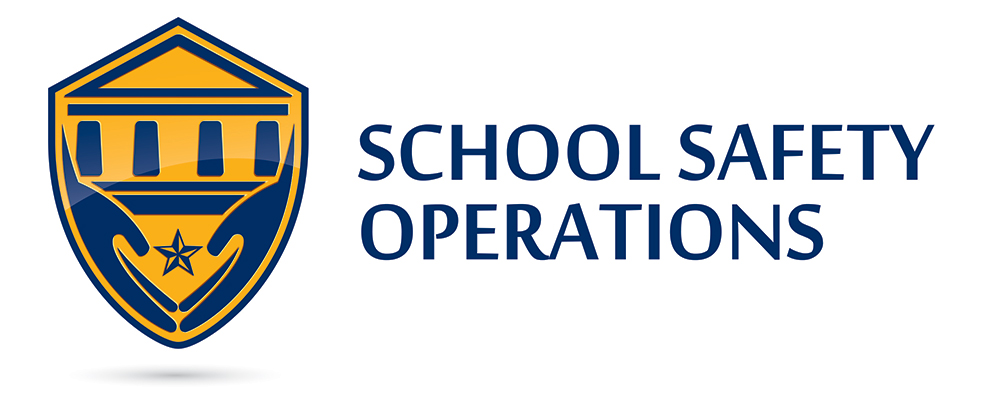
School safety has become a critical concern for educational institutions worldwide. As we move into 2024, the landscape of school safety assessments is evolving to address new challenges and threats. Comprehensive safety assessments are essential for identifying vulnerabilities and implementing effective measures to protect students, staff, and faculty. This blog post delves into the importance of school safety assessments, the key components of a thorough evaluation, and the best practices for ensuring a secure learning environment in 2024.
The Importance of School Safety Assessments
School safety assessments are systematic evaluations designed to identify potential risks and vulnerabilities within educational environments. These assessments are crucial for several reasons:
- Preventing Incidents: By identifying weaknesses in security measures, schools can implement proactive strategies to prevent incidents such as violence, bullying, and emergencies.
- Enhancing Preparedness: Comprehensive assessments help schools develop and refine emergency response plans, ensuring staff and students are well-prepared for any situation.
- Compliance with Regulations: Many states and districts have specific safety requirements that schools must meet. Regular assessments ensure compliance with these regulations.
- Building Trust: Parents, students, and staff feel more secure knowing that their school is committed to maintaining a safe environment.
Key Components of a School Safety Assessment
A thorough school safety assessment in 2024 should cover multiple aspects of the school’s environment and operations. Here are the key components to consider:
1. Physical Security
- Access Control: Evaluate how access to the school is controlled, including entry points, visitor management systems, and lockdown procedures.
- Surveillance: Assess the effectiveness of surveillance systems, including cameras and monitoring practices.
- Perimeter Security: Examine the school’s fencing, gates, and lighting to ensure they deter unauthorized access.
2. Emergency Preparedness
- Emergency Plans: Review the school’s emergency response plans for various scenarios, including natural disasters, active shooters, and medical emergencies.
- Drills and Training: Evaluate the frequency and effectiveness of safety drills and training programs for staff and students.
- Communication Systems: Assess the reliability of communication systems used during emergencies, such as PA systems, two-way radios, and notification apps.
3. Health and Safety Protocols
- Health Policies: Ensure that health policies, including those related to infectious diseases and mental health, are up-to-date and effective.
- Safety Equipment: Check the availability and condition of safety equipment such as first aid kits, AEDs (Automated External Defibrillators), and fire extinguishers.
- Sanitation Practices: Evaluate cleaning and sanitation practices to prevent the spread of illnesses.
4. Behavioral and Mental Health
- Bullying Prevention: Assess programs and policies aimed at preventing bullying and promoting a positive school climate.
- Counseling Services: Review the availability and accessibility of mental health resources and counseling services for students.
- Behavioral Intervention: Evaluate systems for identifying and supporting students with behavioral issues.
5. Cybersecurity
- Data Protection: Ensure that the school’s data protection measures are robust, including the security of student records and personal information.
- Cyberbullying Policies: Assess the effectiveness of policies and programs addressing cyberbullying and online safety.
- Technology Infrastructure: Evaluate the security of the school’s technology infrastructure, including networks and devices.
Best Practices for School Safety Assessments in 2024
Conducting effective school safety assessments requires a strategic approach. Here are some best practices to follow:
1. Engage Experts
Hiring external experts with experience in school safety can provide an objective perspective and specialized knowledge. These experts can conduct thorough assessments and offer actionable recommendations.
2. Involve the Community
Involving parents, students, and staff in the assessment process can provide valuable insights and foster a sense of collective responsibility for school safety. Conduct surveys and hold meetings to gather feedback from the school community.
3. Regular Updates
School safety is an ongoing process. Regularly update safety assessments to reflect new threats, changes in the school environment, and advancements in safety technology.
4. Comprehensive Training
Ensure that all staff members receive comprehensive training on emergency procedures, health protocols, and behavioral intervention strategies. Regular drills and refresher courses are essential.
5. Utilize Technology
Leverage technology to enhance school safety. Implement advanced surveillance systems, access control solutions, and communication tools to improve response times and coordination during emergencies.
6. Focus on Mental Health
Recognize the importance of mental health in overall school safety. Provide adequate resources for counseling and mental health support, and create an environment where students feel safe to seek help.
7. Document and Review
Document all findings and recommendations from safety assessments. Regularly review these documents and track the implementation of safety measures to ensure continuous improvement.
Conclusion
As we navigate the complexities of school safety in 2024, comprehensive safety assessments remain a cornerstone of creating secure educational environments. By addressing physical security, emergency preparedness, health protocols, behavioral health, and cybersecurity, schools can mitigate risks and foster a safe atmosphere for learning. Implementing best practices such as engaging experts, involving the community, and leveraging technology will ensure that schools are well-prepared to handle any challenges that arise. Prioritizing school safety through thorough assessments and proactive measures is essential for protecting our students, staff, and the future of education.

